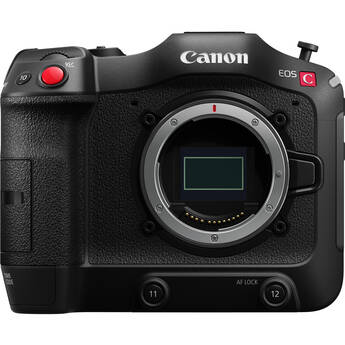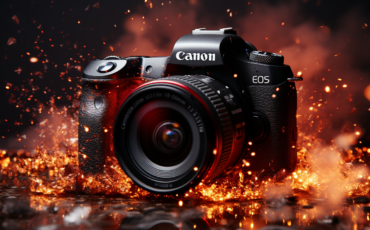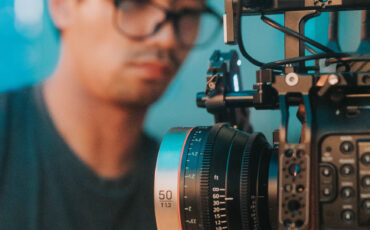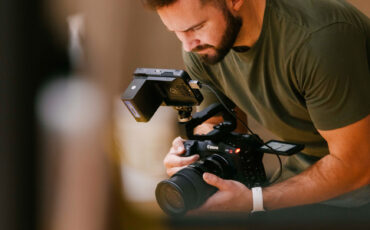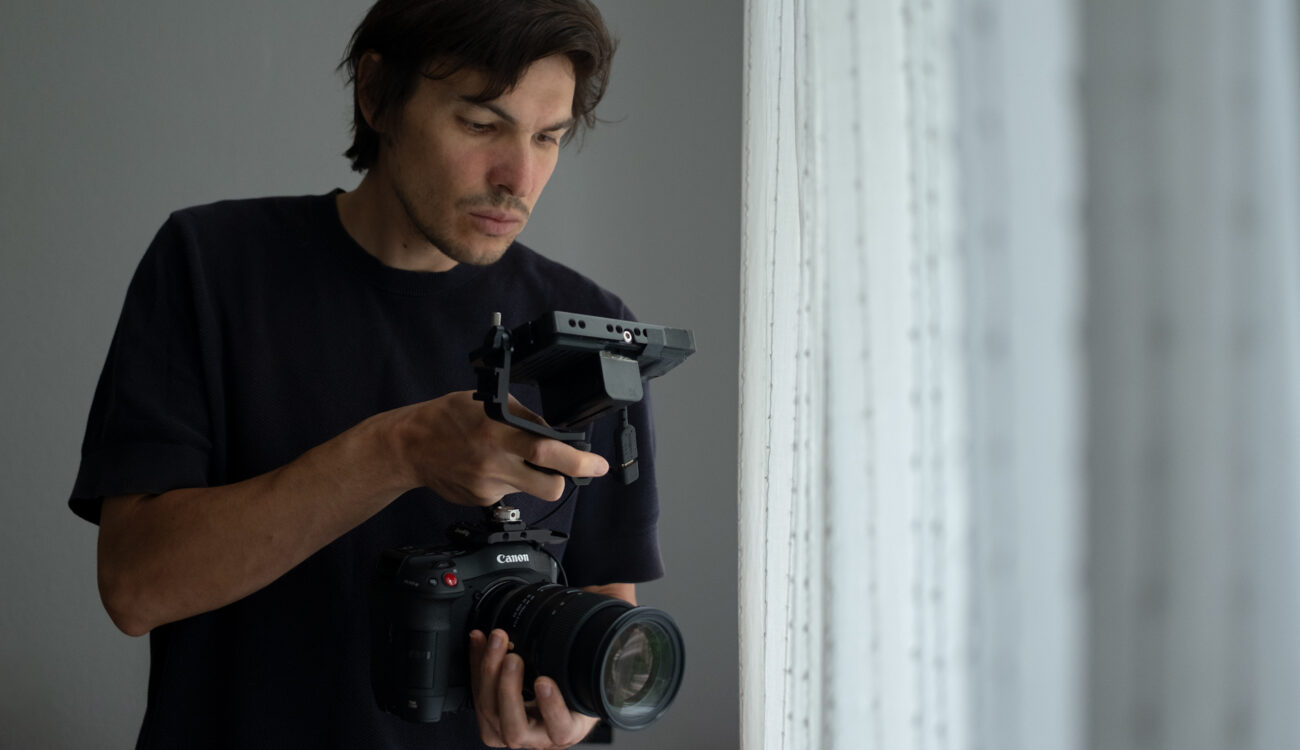
CineD is always searching for a way to connect creators and manufacturers – and, of course, to help filmmakers show their work. This is why we teamed up with Canon to show our film community work that has been done with Canon cameras. If you use a Canon camera and are interested in getting your work featured, click here to learn more. For our next “In the Spotlight” article, please meet freelance filmmaker, Ruslan Fedotov. “In the Spotlight” is proudly sponsored by Canon.
Ruslan is currently situated in Berlin, but when he was finishing his second semester of a master’s program in documentary filmmaking in Budapest, Russia began its full-scale invasion of Ukraine. Hundreds of thousands of refugees rushed into Hungary, so his classmates and he went to the train stations to offer help.
Seeing those forced to leave their homes, he was wondering what he could do as a documentary filmmaker.
The short presented documentary is his attempt to capture the poignant story of two young Ukrainians, Andrei and Alisa, as they try to rebuild their lives away from home and without their parents.
Name: Ruslan Fedotov
Currently based in: Berlin
Language(s) spoken: Russian, English
Occupation: A documentary director and cinematographer
Content Genre: Documentary
Gear: Canon EOS C70 / Canon, Tamron, SIGMA Lenses
Q: How did you get started in our industry?
A: I studied at the Academy of Art as a cameraman in Belarus about 13 years ago, and we were lucky because at that time the Canon EOS 5D Mark II appeared, and of course, it was a gift, as it was already impossible to shoot on big cameras with a tiny sensor. It seems that back then we made the most out of the Canon EOS 5D Mark II and it probably looks a bit outdated and simple now, but I would like to share a music video for Sigur Rós, which, in a way, was the beginning for me and my friends. Since then I’ve had a strong interest in documentary filmmaking, and it just so happened that I was the director, shooting and recording the sound myself, because the style I worked in and continue to work in doesn’t involve more than two people, and most of the time I’m alone. For my documentary projects over the years, I have almost always used Canon cameras. For the documentary Salamanca, which was shown at the IDFA festivals in Amsterdam and Hotdocs in Toronto, we used the Canon EOS 5D Mark III, and the short film Dépaysé that was released on Nowness was shot on the Canon EOS C300 Mark II.
Q: Current assignments:
A: Now I am working on an idea for the next documentary, the shooting of which has been postponed for the time being because of the war in Ukraine.
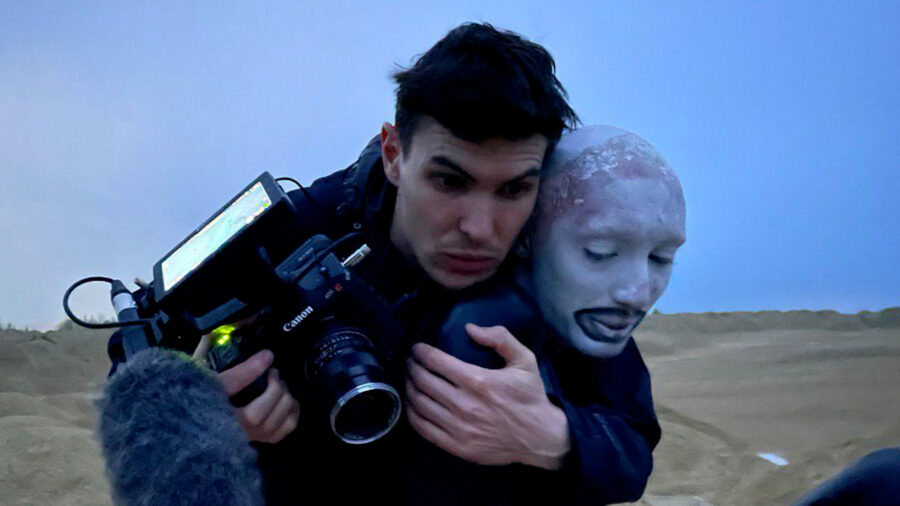
Q: What types of productions do you mostly shoot?
A: To summarise the documentary projects I shoot, they are all related to social issues, and although I have little faith that cinema can change society and its attitudes, I still hope that it has an impact and helps people to look at issues from a different angle.
Q: What is your dream assignment/job in our industry and what are you really passionate about?
A: Honestly, I would like to keep shooting and improving my style, not be afraid to experiment and try to combine documentary language with fiction, and find the right balance where I can tell stories in my style and make the result work for a wider audience rather than remain in the narrow niche of festival documentaries.
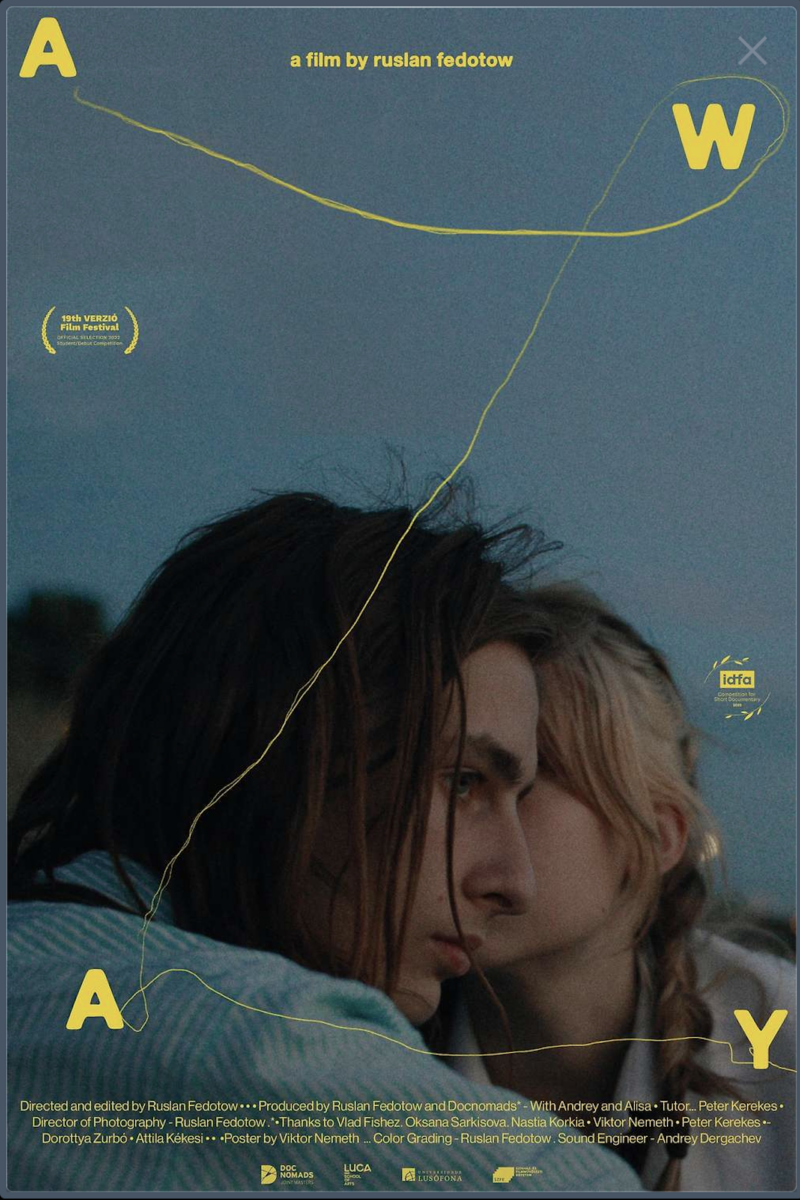
Q: In the work that you are presenting us, now that it is done, what would you have done differently throughout the production?
A: In the movie “AWAY” I would have paid more attention to the sound, and maybe I would have tried to prepare the spaces, to improve the lighting solution. But unfortunately, in a documentary movie where authenticity, non-interference, and focus on observation are important, it might not be appropriate.
Q: What current camera, lenses, and sound equipment do you use?
A: For almost three years now, I’ve been shooting with a Canon EOS C70 in RAW, with Canon 24-105mm F4 II, Tamron 24-70mm, 2.8 II, and SIGMA 24-35mm lenses, plus Sanken CS-M1, Rode Wireless GO II, Zoom F3
Working with the Canon EOS C70
In simple terms, the Canon EOS C70 is almost the perfect tool for the documentary filmmaker. I love it for its small size and weight, along with the built-in ND filters and the ability to record RAW files, plus its small and capacious batteries. For the documentaries I work on, it’s always important not to draw attention to the large size of a professional camera, so I try not to use all sorts of external cages, grips, and V-mount batteries. Of course, I use an external display, too, as the built-in one is frankly difficult to use. In this price range, I think it’s the best camera money can buy, and it’s almost perfect for my working style. It’s nice to see the result on big screens in cinemas. The image quality is not inferior even to fiction films, and the audience often can’t believe that I shot it on a 5000 EUR camera.
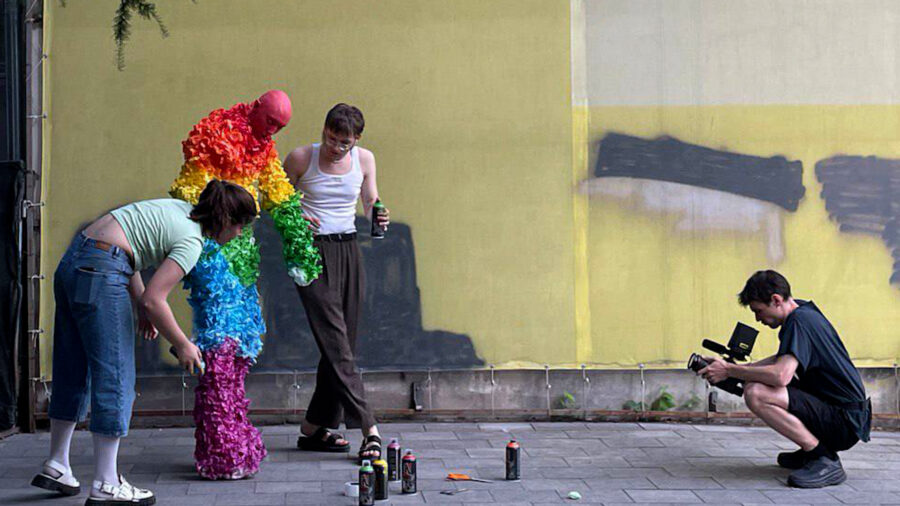
Q: You chose to shoot your project with the Canon EOS C70 camera. Did you impose on yourself any limitations like not shooting with a tripod?
A: I shoot almost all of my movies handheld, and I almost never use a tripod. I almost always need mobility and quick decision-making, and I often don’t have enough space to set up a tripod. Lens stabilization helps in such situations. Sometimes it doesn’t look very good, but it’s better to sacrifice quality than a “real live” moment.
I also try to have a minimal set-up for the camera. It should not attract a lot of attention, and there should be a minimum number of protruding wires and external batteries. That’s why I love the Canon EOS C70, where ND filters are built-in and two native batteries can last all day.
Q: What’s your favorite lighting equipment and why did you choose that kit over other solutions?
A: In my movies, I rarely use artificial light and try to control natural light – I hang black shades somewhere, and sometimes I soften the light with textiles. If I know that there is a place where the hero can be for a long time and often, I can set up a minimal lighting scheme like the amaran COB 60x S Bi-Color LED Monolight with a softbox, or, Quasar Science Q20, Aputure MC Pro RGB LED Light Panel, and such.
Q: Do you use drones/gimbals in your productions? If so, what is the most effective way you’ve found of deploying them?
A: Honestly, I don’t use drones or gimbals.
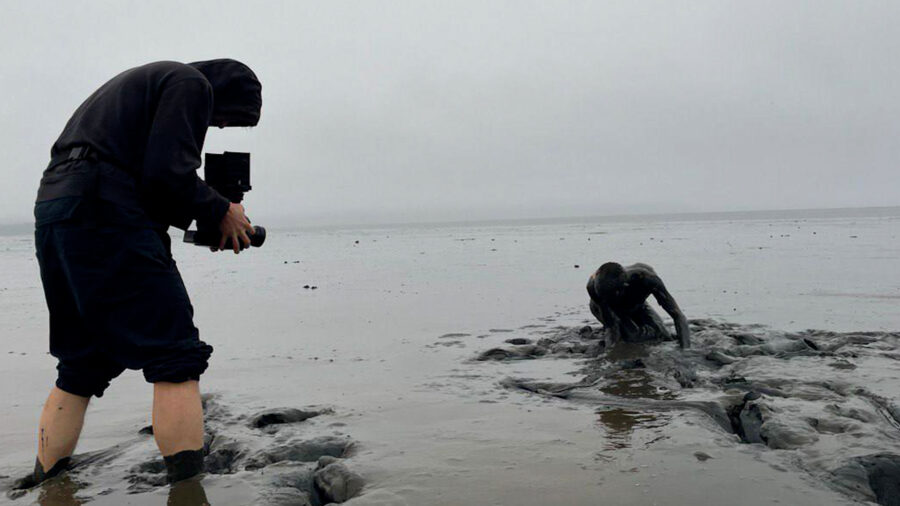
What editing systems do you use and are you satisfied working with them?
A: I always edit in Adobe Premiere and do color correction in DaVinci Resolve. I pay a lot of attention to color, and I even output proxies, having made a pre-grade beforehand, to make editing more pleasant.
Q: How much of your work do you shoot in “flat picture profile” and what is your preferred way of color correcting?
A: I shoot only in RAW to get more possibilities in subsequent color correction. I use Powergrade film-unlimited from Juan Melara having loaded LUT into the monitor beforehand. Of course, it’s very strange to try to imitate film, but I really like the result – everything looks less digital and sharp, but of course, it all depends on the task.
How frequently do you travel and do you have any tips when it comes to packing your gear?
I travel a lot and try to fit all my gear in a large Burton photography backpack, and all my lights along with a Sachtler carbon tripod in a suitcase that I check as luggage.
Find out more about Ruslav’s work by heading to his Instagram page.
Full disclosure: This “In The Spotlight” series of interviews is sponsored by Canon.
